|
Carnivorous Plant Newsletter
Volume 40, Number 4, December 2011, pages 136 - 140
New Cultivars
Sarracenia ‘Seurat’
Sarracenia ‘Gorey’
Sarracenia ‘Leo Song’
Sarracenia ‘Deep Throat’
Sarracenia ‘Red and White’
Dionaea ‘JA1’
Sarracenia ‘Seurat’
Submitted: 5 September 2011
This plant was discovered in the personal collection of James Northrop Sr. in May 1996, which
was being sold off by one of his daughters a few months after his death. It is an introgressive Sarracenia × formosa, i.e. ((S. minor × S. psittacina) × S. minor).
After observing this plant in my collection for many years, I decided that it was worthy of cultivar status and have nominated the proposed cultivar name for the plant.
Sarracenia × formosa is a commonly-occurring hybrid of S. psittacina and S. minor. Most frequently seen east of the Okefenokee Swamp in Charleton County, Georgia, examples are also known from the far-western edge of the range of S. minor, in Liberty and Franklin counties, Florida.
Sarracenia ‘Seurat’ is notable primarily for its areoles, splashing the hood of the plant with bright pink polka dots on a background of brick red, which suffuses the upper portions of each upright, stout pitcher (see Fig. 1). Lower portions of each pitcher narrow as they approach the crown, and the red fades into green. Flower petals are a deep rose in color, and sepals are green dusted with red.
Sarracenia ‘Seurat’ is named for the French Post-Impressionist painter Georges Seurat (1859–1891). The distinctive pink areoles of this cultivar are reminiscent of the artistic technique of pointillism he introduced in 1886.
Sarracenia ‘Seurat’ must be propagated by vegetative means to retain the characteristics of the cultivar.
—Jay Lechtman • Vienna • Virginia • USA
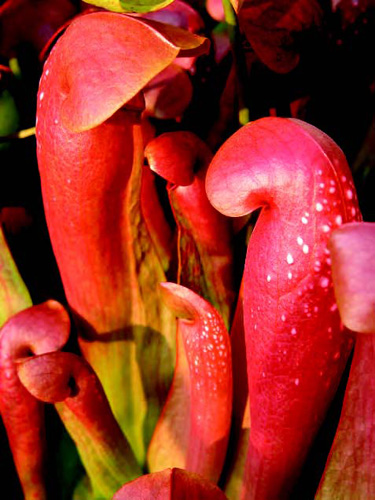
Figure 1: Sarracenia ‘Seurat’ pitchers and flower. Photo by Jay Lechtman.
Sarracenia ‘Gorey’
Submitted: 5 September 2011
This plant is a naturally-occurring Sarracenia × gilpinii hybrid (S. psittacina × S. rubra subsp. gulfensis) discovered in Okaloosa County, Florida.
After observing this plant in my collection for many years, I decided that it was worthy of cultivar status and have nominated the proposed cultivar name for the plant.
Sarracenia × gilpinii is occasionally found in areas where S. rubra subspecies and S. psittacina overlap. In my own observations, I have seen it most commonly with S. rubra subsp. wherryi in Baldwin County, Alabama; less frequently with S. rubra subsp. gulfensis (as in this case). I have never observed S. × gilpinii hybrids with S. rubra subsp. rubra as the parent, although the ranges of the two species do overlap.
Sarracenia ‘Gorey’ bears large, blood red,
wickedly hooked closed pitchers. Small areoles
can be white or tinged with pink (see Fig. 2).
Sarracenia ‘Gorey’ honors American illustrator and author Edward St. John Gorey (1925–2000), known for his macabre humor and gothic style – adjectives that describe this cultivar admirably. I’m also enamored of the equally appropriate play on words.
Sarracenia ‘Gorey’ must be propagated by vegetative means to retain the characteristics of the
cultivar.
—Jay Lechtman • Vienna • Virginia • USA
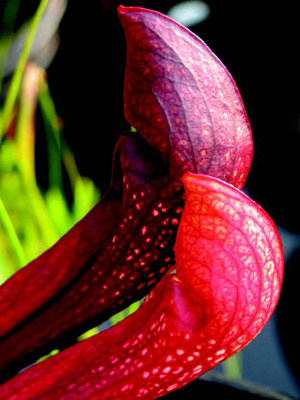
Figure 2: Sarracenia ‘Gorey’ pitchers. Photo by Jay Lechtman.
Sarracenia ‘Leo Song’
Submitted: 31 August 2011
Another creation of Leo Song’s during the years he ran the greenhouses at California State University in Fullerton, this is a hybrid between Sarracenia pupurea subsp. venosa and S. oreophila.
Of compact growth, the pitchers, never more than 20 cm in length, are strongly curved at the base, swelling to no more than 3 cm wide below the pitcher lip. The lip and throat are nearly blackish red in color, while the pitcher tube is a purplish red in full sun, with darker veins, and is finely hirsute (see Fig. 3). The ala is never more than 0.5 cm at its widest, along the pitcher seam.
Flower petals are pinkish red and intermediate in length between the two parents. All the curved pitchers face inward toward the grow point and common off-shoots can develop into extensive clumps over time (see Fig. 4). Thanks to its S. oreophila parent, S. ‘Leo Song’ is also very cold hardy.
—Peter D'Amato • California Carnivores • Sebastopol
• California
• USA
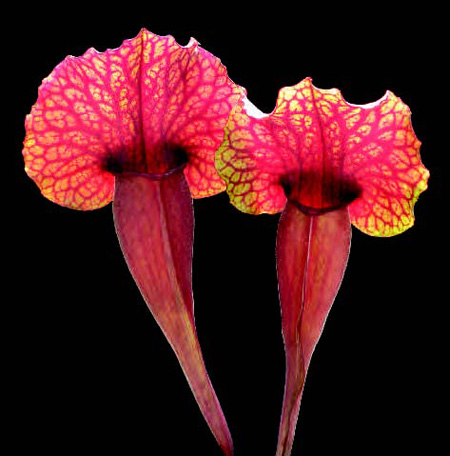
Figure 3: Sarracenia ‘Leo Song’. Photo by Damon Collingsworth.
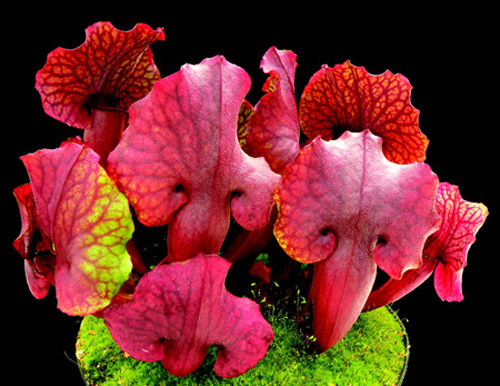
Figure 4: Clump of Sarracenia ‘Leo Song’. Photo by Damon Collingsworth.
Sarracenia ‘Deep Throat’
Submitted: 31 August 2011
In the early 1990s, I crossed Sarracenia leucophylla ‘Red and White’ (see below) with S. minor var. okefenokeensis. Nearly all of the progeny were very large and colorful intermediates between the parents, handsome forms of S. × excellens. There were a few notable exceptions and S. ‘Deep Throat’ is one of them.
The tallest pitchers can reach 53 cm in height. From a tapered-red base, the body gradually expands and then rapidly inflates in its upper portion to a sideway diameter of up to 8 cm (see Fig. 5). The pitcher tube is green to olive green with very fine longitudinal red veins, and the narrow ala along the pitcher seam is edged in red (see Back Cover).
The upper portion of the pitcher invariably turns brick red mottled with greenish yellow spots, heavily concentrated on the upper back or neck of the pitcher. Looking within the pitcher, these vaguely approach the aureoles of its parent S. minor, but are diffuse and opaque as opposed to nearly transparent.
The yawning mouth, its most prominent feature, has a curvaceous red lip that dips abruptly to meet the ala, forming a broad, v-shaped spout. The wide lid is broader than long, overhanging the sides of the mouth. The lid can be horizontal to the lip or held in a more upright gaping fashion.
—Peter D'Amato • California Carnivores • Sebastopol
• California
• USA
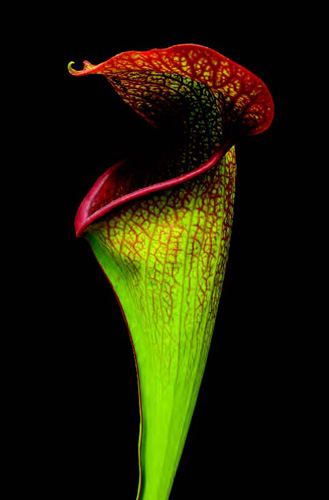
Figure 5: Sarracenia ‘Deep Throat’. Photo by Damon Collingsworth.
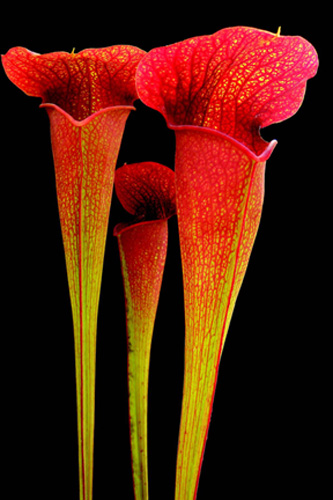
Back Cover: Sarracenia ‘Deep Throat’. Photo by Damon Collingsworth.
Sarracenia ‘Red and White’
Submitted: 31 August 2011
The description of this cultivar was published previously (D’Amato 1998, page 82). This form of S. leucophylla is typical in all respects except the veining in the upper part of the pitcher is colored in deep red instead of a mix of red and green veins (see Fig. 6).
References
D’Amato, P. 1998. The Savage Garden: Cultivating
Carnivorous Plants. Ten Speed Press, Berkeley, California, USA.
—Peter D'Amato • California Carnivores • Sebastopol
• California
• USA
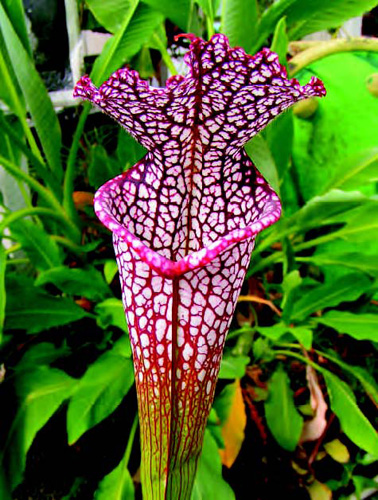
Figure 6: Sarracenia ‘Red and White’, standard picture (Photo by P. D’Amato).
Dionaea ‘JA1’
Submitted: 15 September 2011
I discovered this plant in a garden center on 20 September 2005. After 6 years in cultivation I can assure that the special characteristics of this plant are stable. This clone has these special characteristics:
- Its growth behavior is like any other typical Dionaea (see Figs. 7 & 8). Summer’s leaves are short and horizontal.
- The traps don’t get too much color, almost green, but under very strong light they can get a very light pink color.
Originally the epithet was a code that I gave to the plant (JA = Julio Alberto and 1 = first) in April 2006. Since the plant has been distributed with this name, I prefer not to change it in order to prevent confusion. I have seen this clone under the names “Julio’s fused tooth”, and “Julio Alberto’s fused tooth”, meaning that the plants came from me.
—Julio Alberto González Domínguez • Estrada vella de Madrid • Vigo (Pontevedra) • Spain
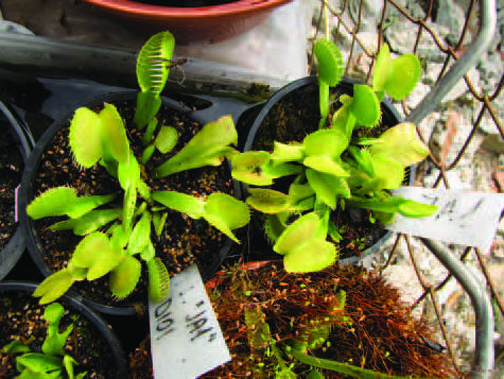
Figure 7: Dionaea ‘JA1’ plants in July. Photo by J.A.González Domínguez.
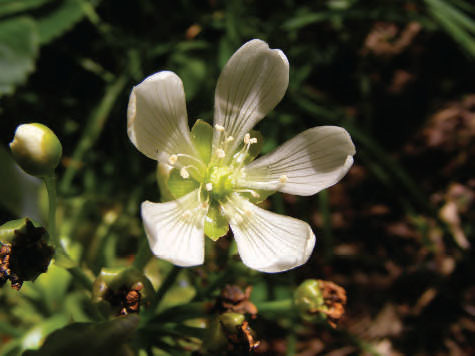
Figure 8: Dionaea ‘JA1’ open flower. Photo by J.A.González Domínguez.
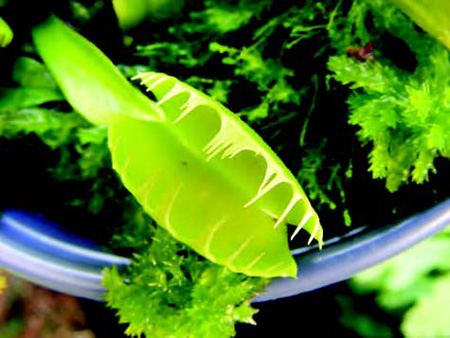
Figure 9: Dionaea ‘JA1’ trap showing fused teeth in September. Photo by J.A.González Domínguez.
|

